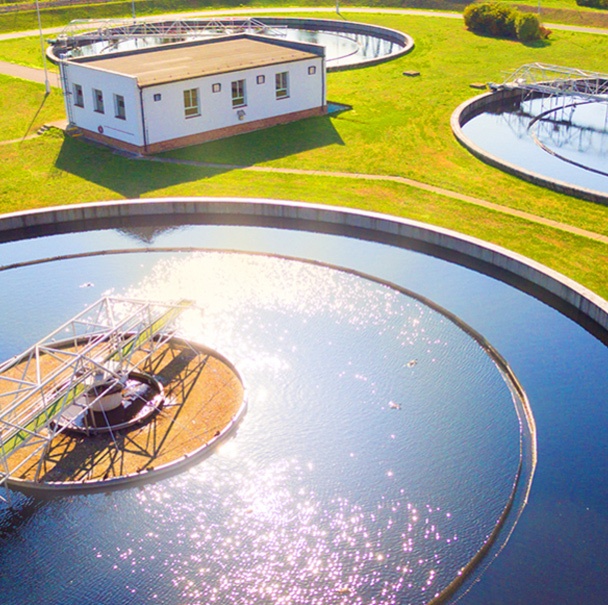The Claire Group team of experts, specialising in water supplies and networks, are at your disposal to provide support and guidance for all your projects.
A global monitoring system for the collection and treatment of waste water
Ijinus specialises in equipment used for the measurement and analysis of sewerage systems. The company offers a wide range of compact self-powered sensors, which are either integrated or compatible with communicating dataloggers that send the output data to a supervision platform for analysis.
These devices, which facilitate decision-making and the prioritisation of maintenance interventions, are offered by Ijinus, part of groupe Claire. The sensors help to make the sewerage system environment safer, and preserve the quality of effluent.
Monitoring the network to preserve the environment

water treatment stations in France (2016)
equivalent inhabitants: threshold above which regulatory self-monitoring must be permanent
water agencies in France
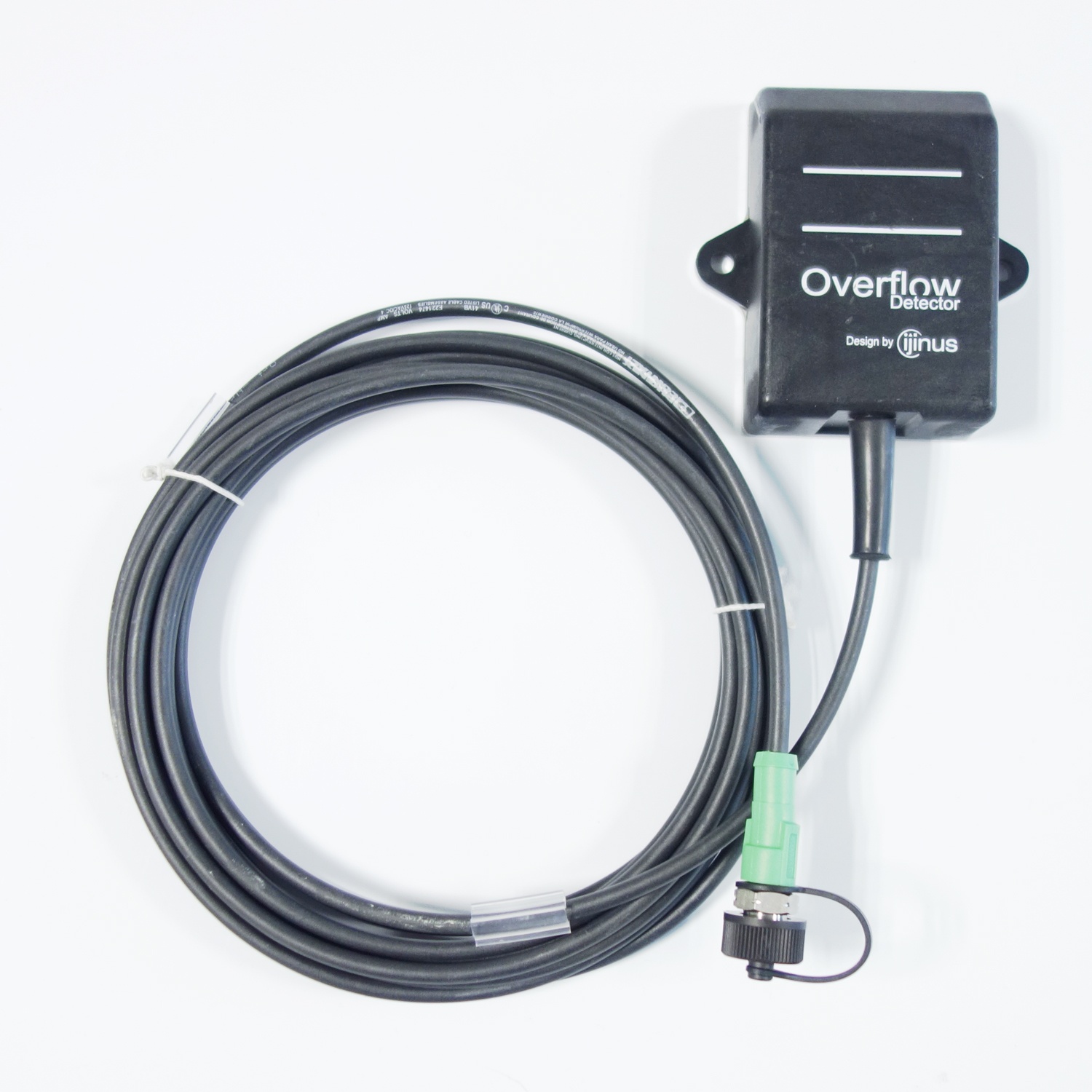

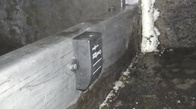

Overflow logger and sensor
This capacitive overflow sensor is a wired device that measures overflow from the sewerage system into the natural environment. It also logs the number and duration of overflow episodes.
- COMPLIANT WITH REGULATIONS
Suitable for the overflow measurement required by law when more than 2,000 inhabitants are connected to the same pumping station or stormwater overflow.
- SPECIFIC DIAGNOSIS
Compatible with occasional measurement campaigns for monitoring the sewerage system.
- INNOVATIVE TECHNOLOGY GUARANTEES RELIABILITY
CapAir® technology (capacitive measurement with air referential) allowing reliable and unparalleled detection of overflows in wastewater networks in the most difficult conditions.
Innovative solutions for sewerage system performance
The physico-chemical datalogger is a self-powered device used to monitor the quality of waste water. It can simultaneously measure one or more parameters in order to comply with regulatory requirements or carry out network diagnostics for the treatment of urban waste water (input controls and monitoring of continuous infiltration or seepage) or the processing of industrial effluent. Installation, including on-site calibration, is easy and quick. Data can be retrieved either on site by radio, or remotely for the versions with built-in GSM / GPRS. There are many different water quality probes available, to test parameters such as: pH / Redox / Temperature, Conductivity / Salinity / Temperature, Inductive conductivity / Salinity / Temperature, Redox potential / Temperature, Dissolved oxygen / Temperature, Turbidity NTU-MES / Temperature.
The wireless LNU is an acoustic imaging level sensor designed to measure water levels in difficult environments. This multi-purpose sensor, recognised for the precision of its measurements, can be coupled with a physical-chemical sensor or used with samplers. An all-in-one, self-powered system, it measures and logs data before transmitting it to a supervision platform. The LNU is simple to install, use and maintain. It can be securely programmed via radio without any physical interaction on the sensor or direct contact with water, making it easy to maintain.
The UB-V sensor is a Doppler sensor that measures the optimal flow velocity. It can precisely measure even very low velocities from a level of 35 mm, even in water with low content of suspended particles. Particularly well-suited to the permanent diagnosis of sewerage systems, the UB-V has a very long working life and is very easy to install.
The VLI sensor is a high-precision, multi-purpose height and velocity sensor. Fitted with a Doppler numerical velocity sensor and coupled with a pressure level sensor, it can measure velocities from a water height of 25 mm, facilitating the operation and monitoring of the sewerage system. This extremely compact device also offers extremely precise measurements. It is a multi-purpose tool that communicates with other sensors via a datalogger, to produce cross-measurements. The ‘Overflow’ technology fitted on the device can verify the relevance of velocity measurements in storm water drains to augment the sensor’s autonomy.
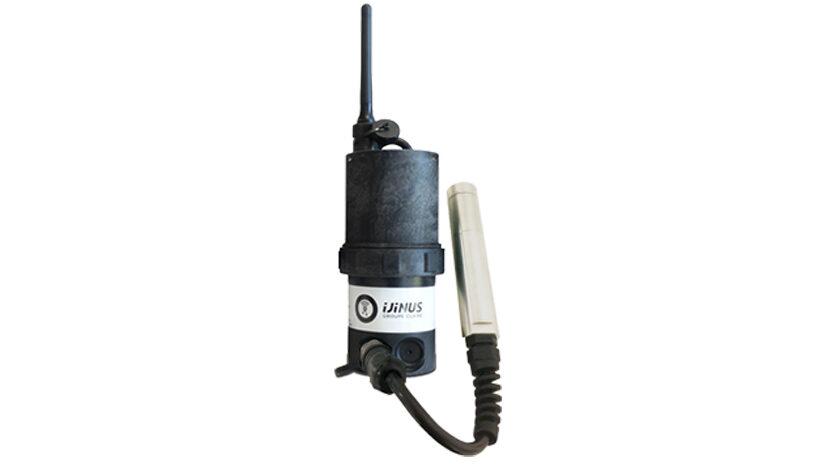
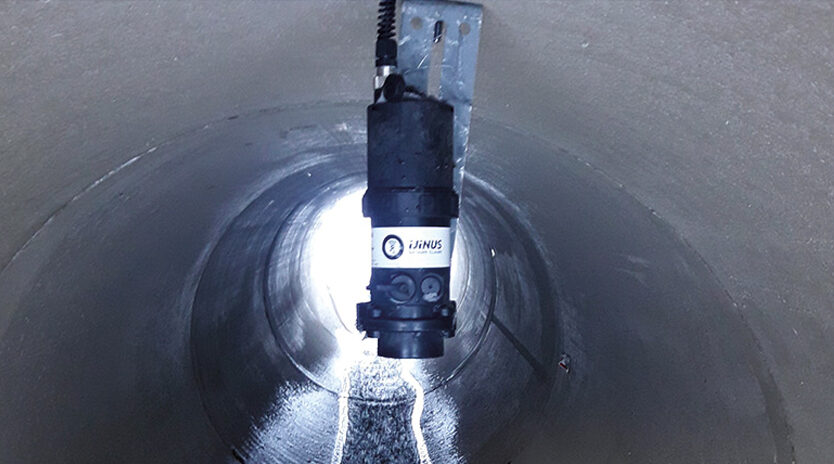
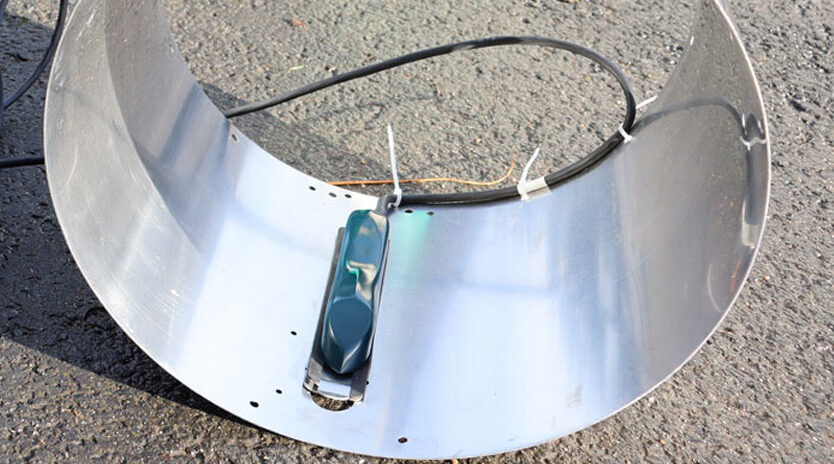
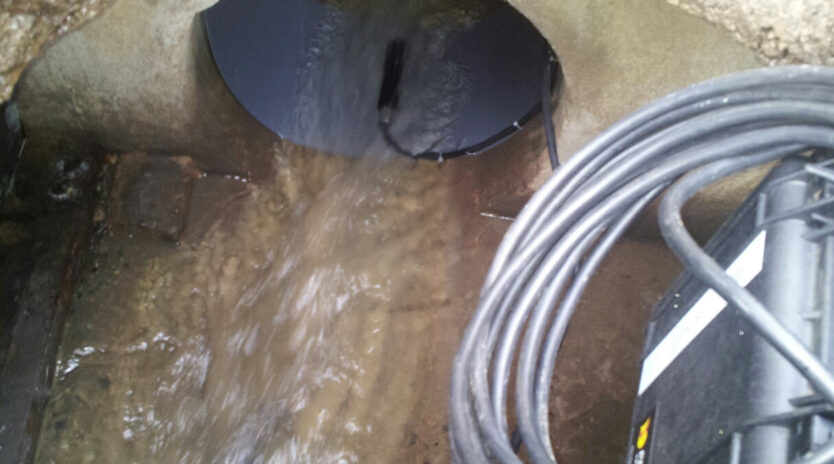
Designed, developed and brought to you by our specialist teams
Connected instrumentation is at the heart of Ijinus, which designs, manufactures and markets sensors and dataloggers to monitor drinking water, sewerage systems and water courses.
Discover Ijinus
